Rivers and lakes provide the perfect habitat for certain plants and flowers, which are a crucial part of the river’s ecosystem. All of the plants listed in this post were found by the River Wandle in South London.
I hope this post helps you to identify any plants or flowers you see whilst walking along the river path. Also, if you’re a gardener who lives close to a river, this post might also give you ideas of what to plant in your garden.
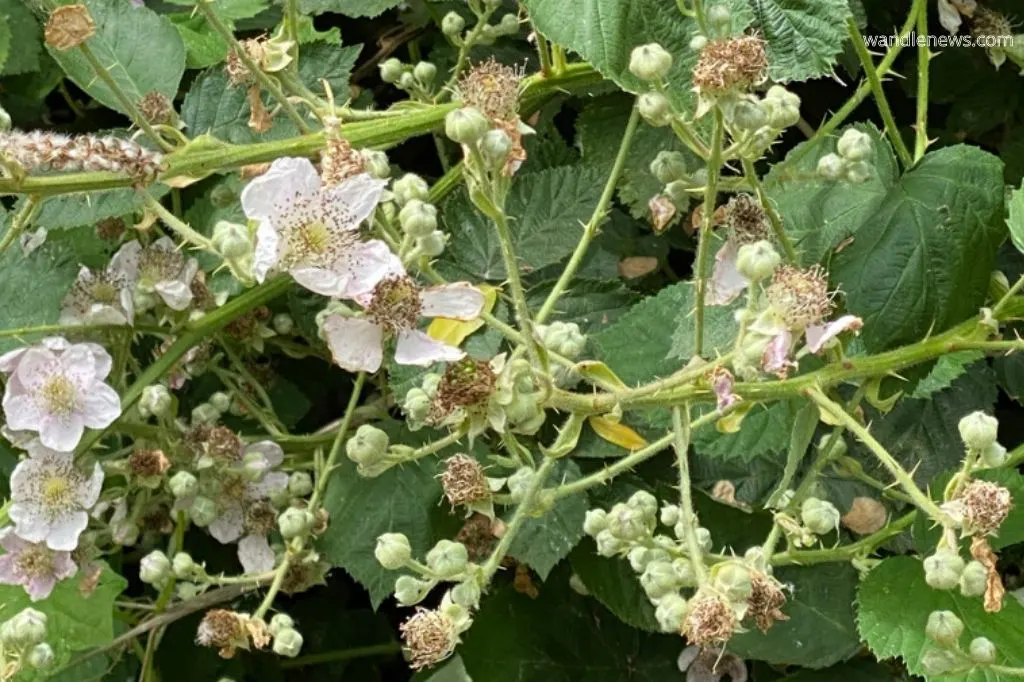
Where do River Plants Grow
The river provides three different habitats for plants: the river bank, the river itself, and the land close to the riverside. Different plants thrive in each area.
History of Plants by the River Wandle
In the past there would have been meadows along the river Wandle, but today all of the plants growing there have been influenced by man.
After the second world war, debris from bomb damage was dumped along the river wandle, which caused the banks of the river to rise, and the water to increase in nitrate. These conditions are favourable for nettle, and bramble, but caused other plants to die off.
Today, wetlands have been created at points along the river to try and increase the number of plants growing along the river. These can be found at Carew Manor, Morden Hall Park, Wandle Park, and Wandle Meadow Nature Park.
16 Common River Plants & Trees in the UK
All of the plants and trees in the list below are found by the River Wandle in South London.
Dog Rose
(Rosa Canina)
Dog Rose can be found close to the river bank. It is also known as Dog Berry, and Witches’ Briar. It is a thorny, climbing plant that weaves in between other plants.
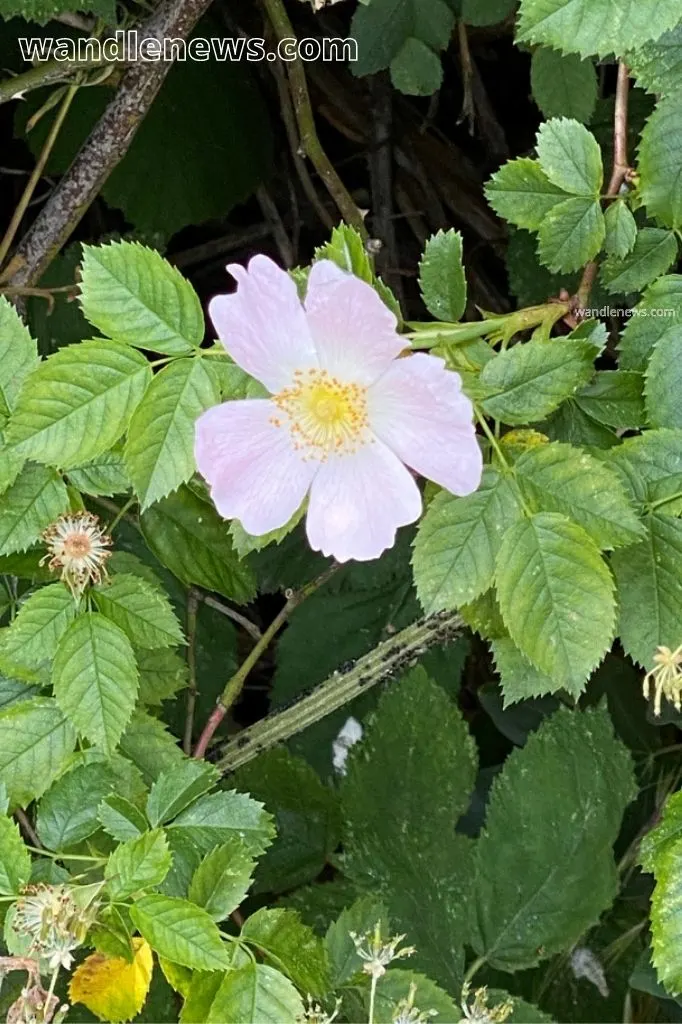
Elder
(Sambucus Nigra)
Elderflowers can be found in many spots along the river. They have masses of tiny white flowers which develop into purple elderberries. The flowers along the Wandle have been used to make Elderflower cordial.
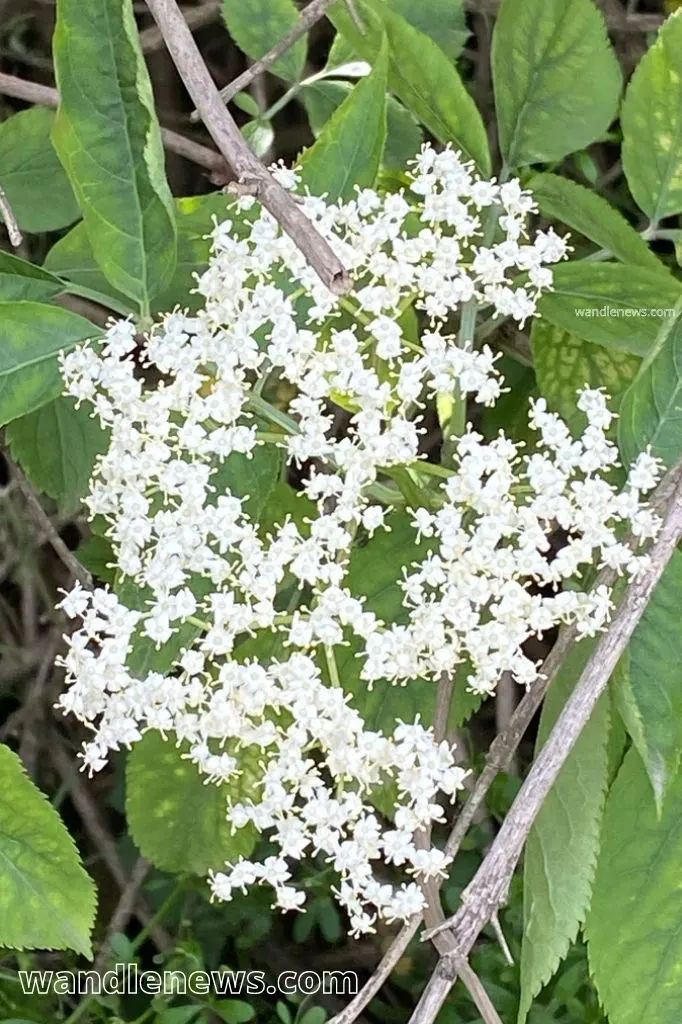
Himalayan Blackberry
(Rubus Armeniacus)
Himalayan Blackberry is commonly found along the riverbank. It provides good nesting for birds, and gives other animals a place to hide.
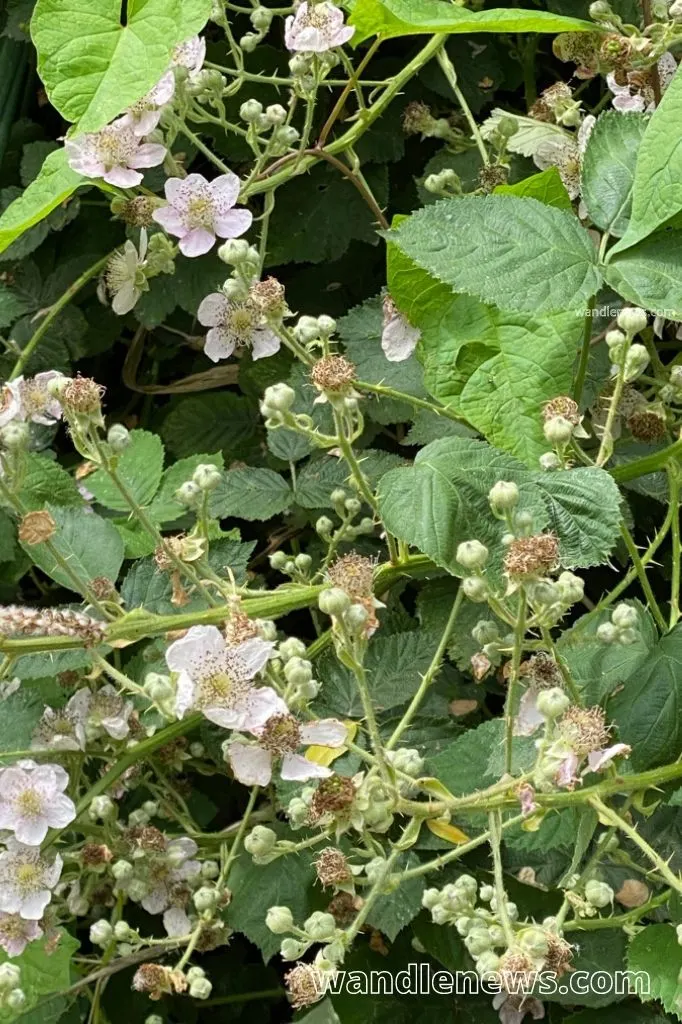
Common Reed
(Phragmites Australis)
The common reed has very tall stems, and provides an important habitat for many birds. The common reed is the tallest plant that you will see emerging from the river.
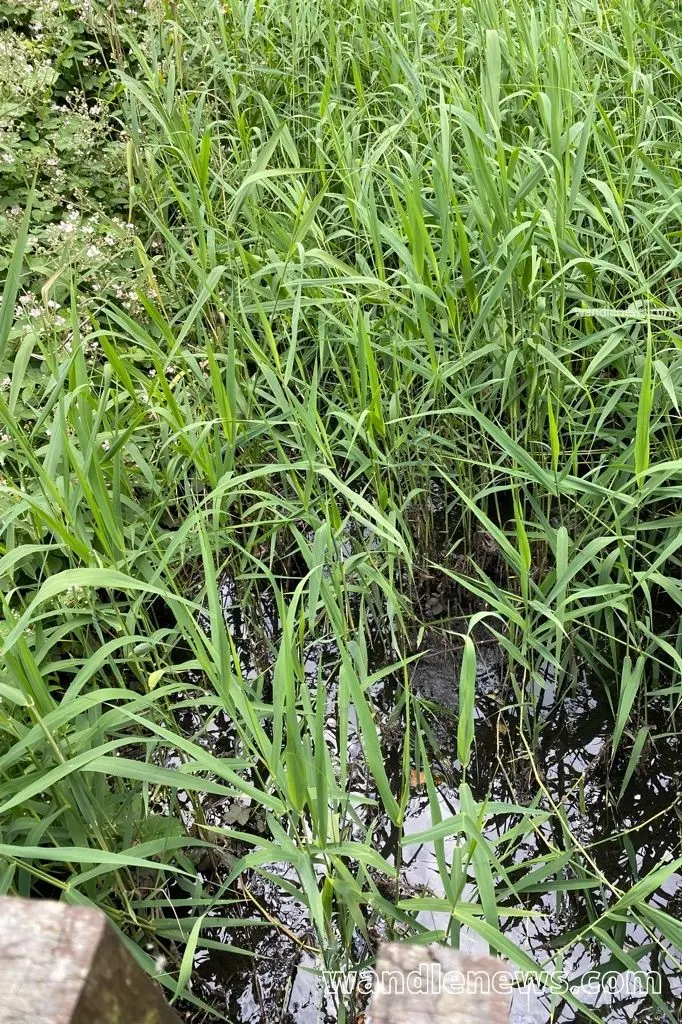
Stream Water Crowfoot
(Ranunculus penicillatus)
Stream water crowfoot grows in fast flowing chalk rivers where the water quality is good. It is a member of the buttercup family and has white flowers with a yellow centre that come above the water’s surface.
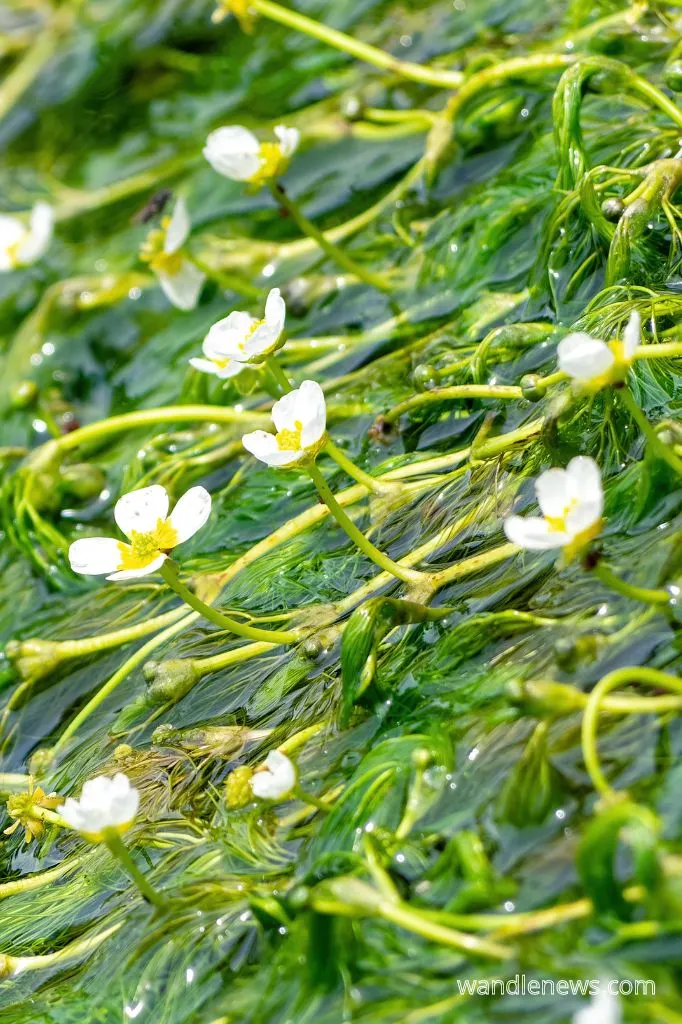
Unbranched Bur-reed
(Sparganium emersum)
Unbranched bur-reed has spiky flowers followed by spiky seed capsules. The male flowers are found at the top of the stem and have yellow anthers around them. The female flowers are beneath the male flowers, and are white. This plant likes to live in nitrate rich water and has long grass like leaves.
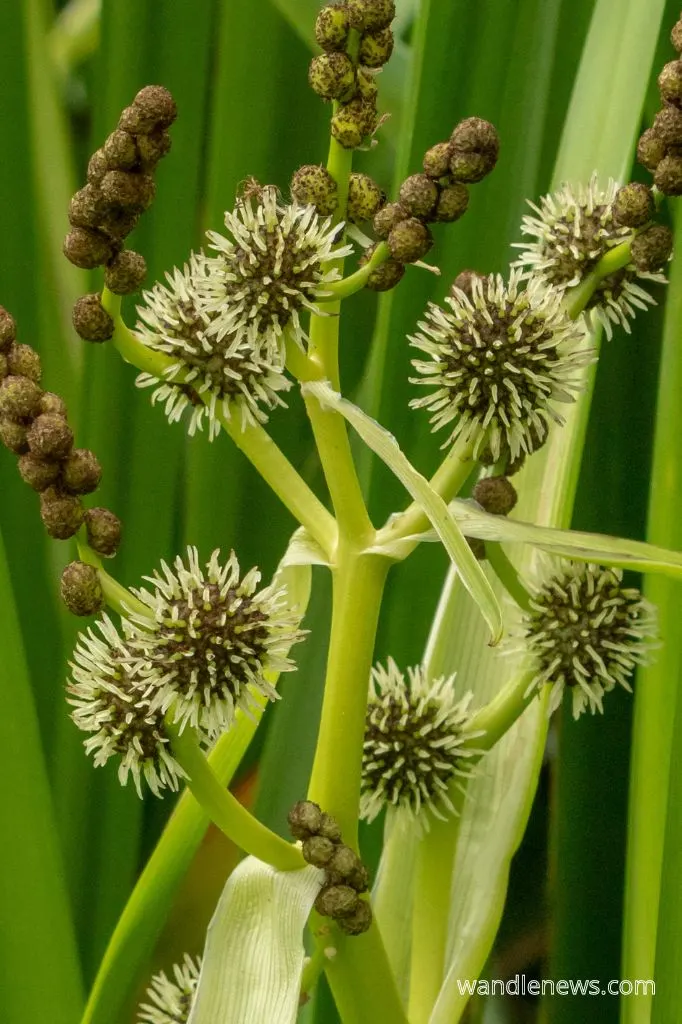
Yellow Iris
(Iris pseudacorus)
Yellow Iris is also known as Yellow Flag. It has blade like leaves and bright yellow flowers. Yellow Iris likes to grow in damp places like lakes, ponds, and on river banks.
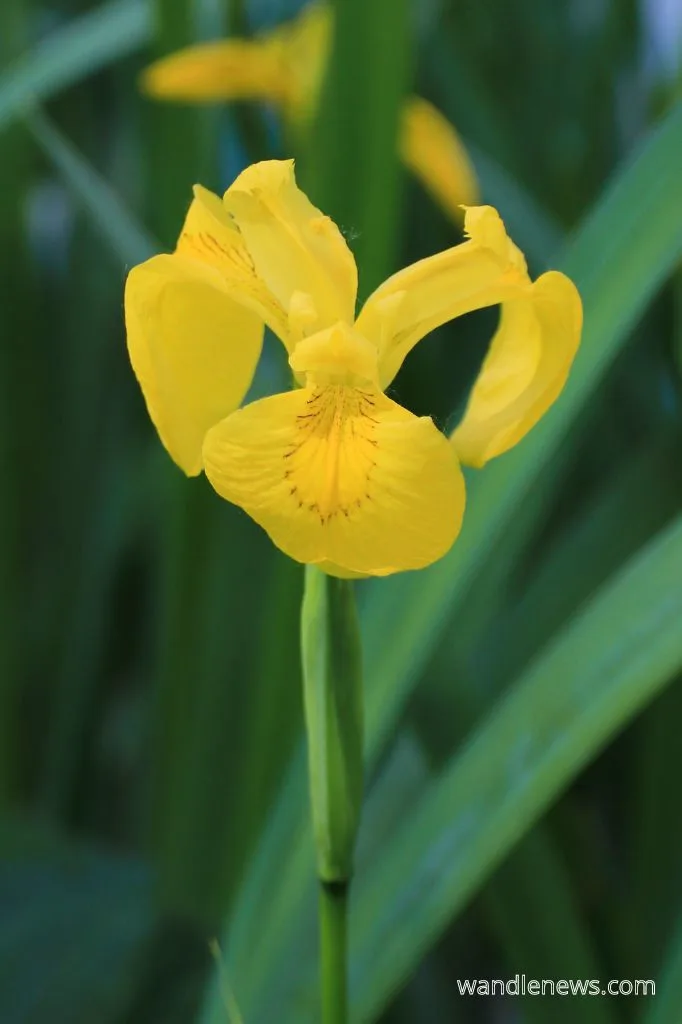
Gypsywort
(Lycopus europaeus)
Gypsywort likes to grow in wetland areas, or in marshes. It is a hairy plant with oval leaves and small white flowers.
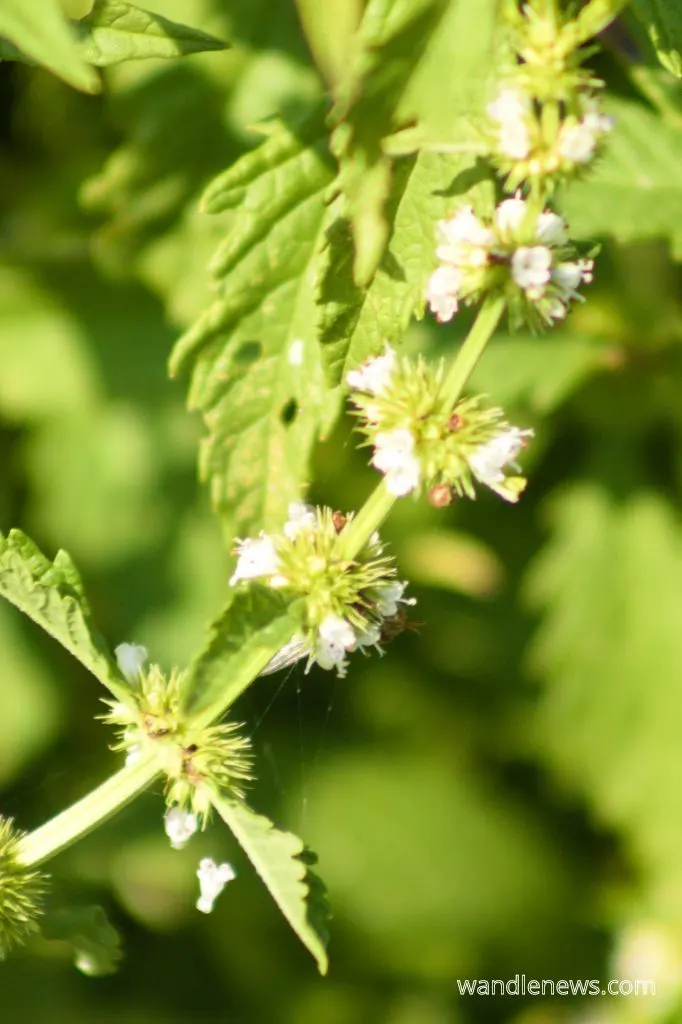
Marsh-marigold
(Caltha palustris)
Marsh marigold has a large, bright yellow flower. It likes to grow in marshes, and damp meadows, and provides shelter for a variety of wildlife including frogs and insects.
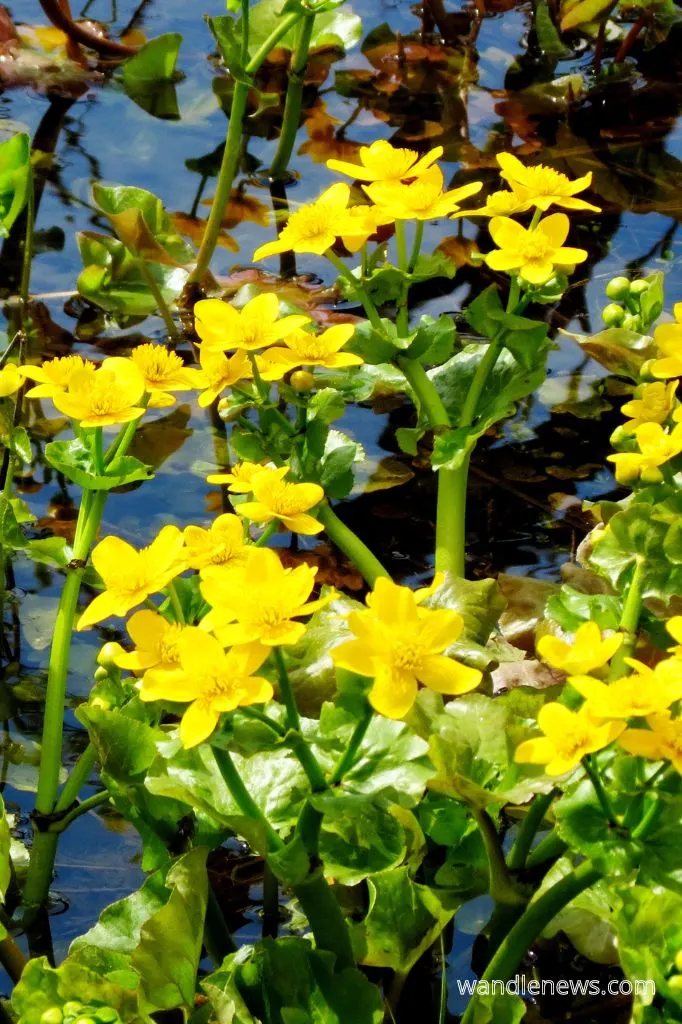
Pendulous Sedge
(Carex pendula)
Pendulous Sedge likes to grow in damp and shady places. It is possible that this plant was introduced to the river Wandle by Alfred Smee who planted it in his garden.
Alfred Smee (1818-1877) was a chemist, surgeon, and enthusiastic gardener and horticulturalist. In 1872 he wrote a book called “My Garden”. The book was about his garden at “The Grange” in Wallington, on the banks of the River Wandle.
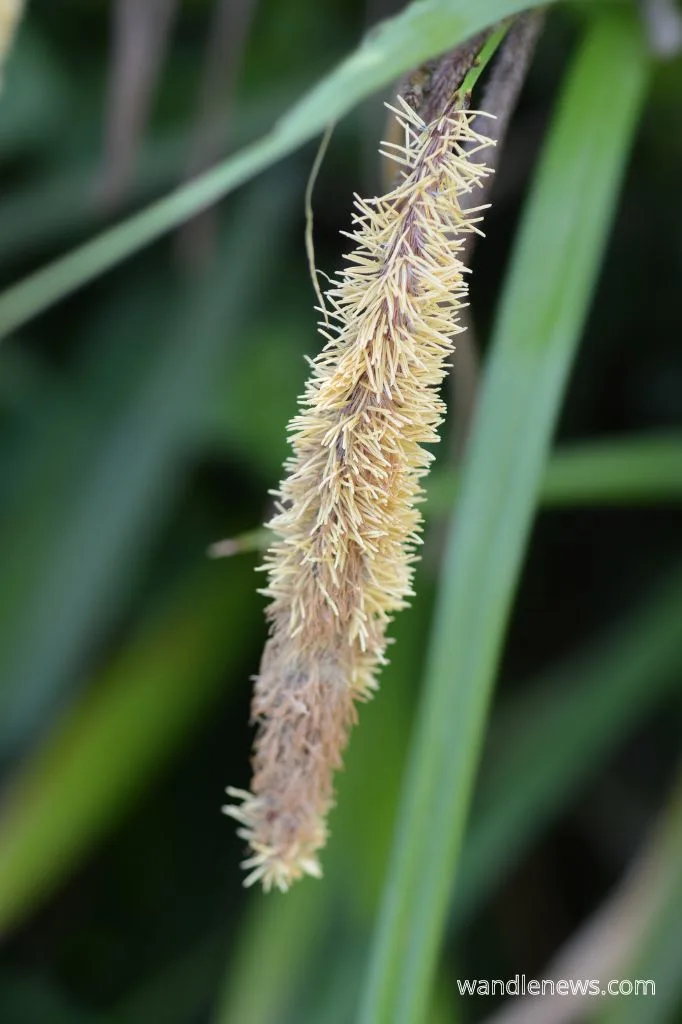
Cuckooflower
(Cardamine pratensis)
Cuckooflower has a pale lilac flower which can be seen at different places along the river. This plant likes to grow in damp meadows and along ditches and riverbanks.
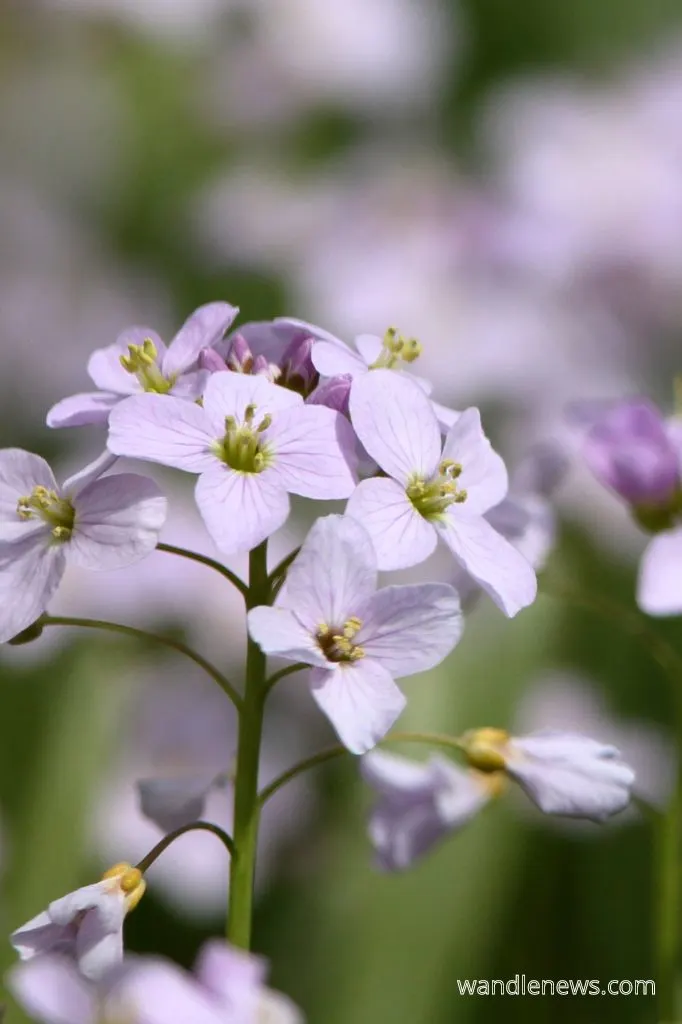
Ragged Robin
(Lychnis flos-cuculi)
Ragged Robin has a distinct star shaped pink flower and can be found in the Wandle Meadow Nature Park and Ravensbury Park. These plants like to live in boggy areas and wetlands. Bumblebees, butterflies and honeybees are all attracted to the nectar the Ragged Robin produces.
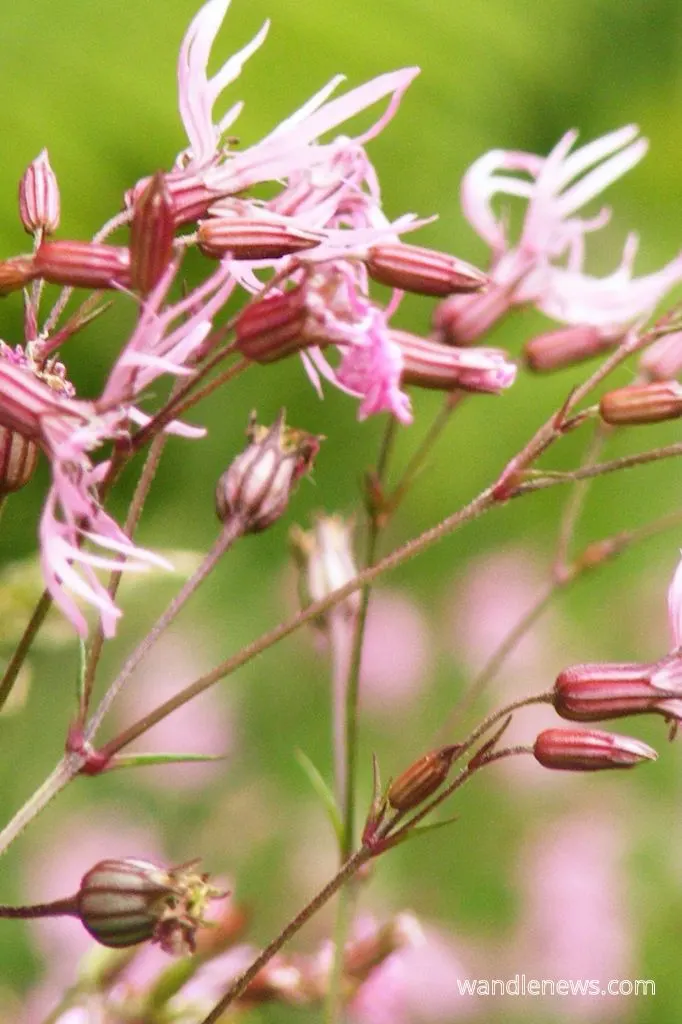
Trifid Bur-marigold
(Bidens tripartita)
The Trifid Bur-marigold grows in muddy patches along the river. It is a tall plant with a single yellow flower. It has yellow-brown stems which are sometimes hairy.
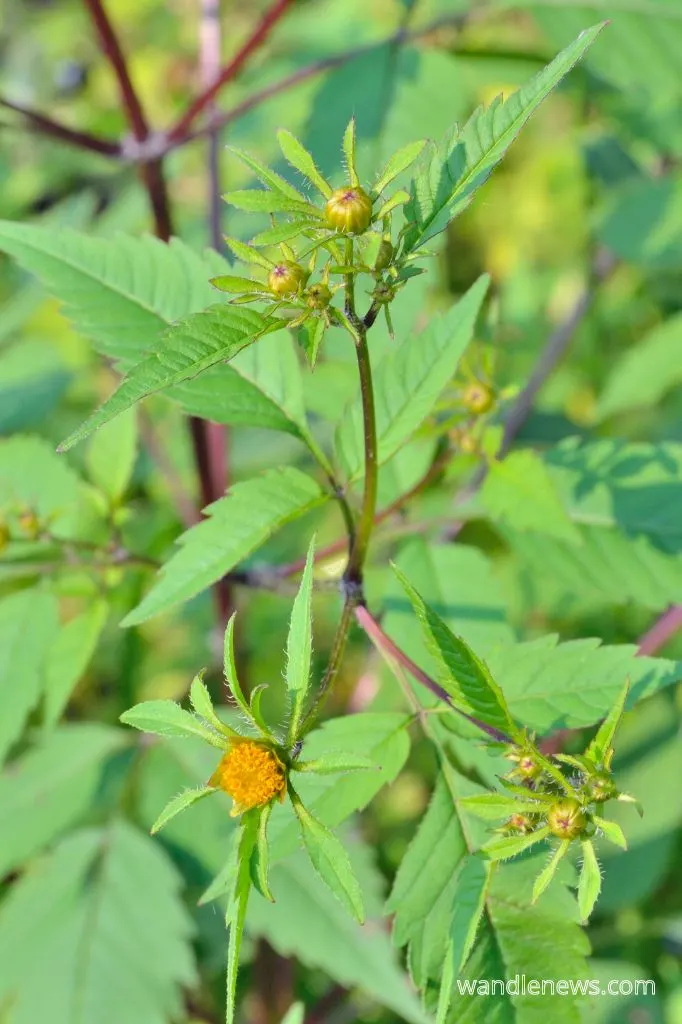
White Willow
(Salix alba)
White Willow trees are often found near riversides. Willows need a lot of water to grow, which is why you often see them near lakes, ponds or rivers. White Willow trees were originally planted at Watermeads for the manufacture of cricket bats. You can still see them are various points along the river trail.
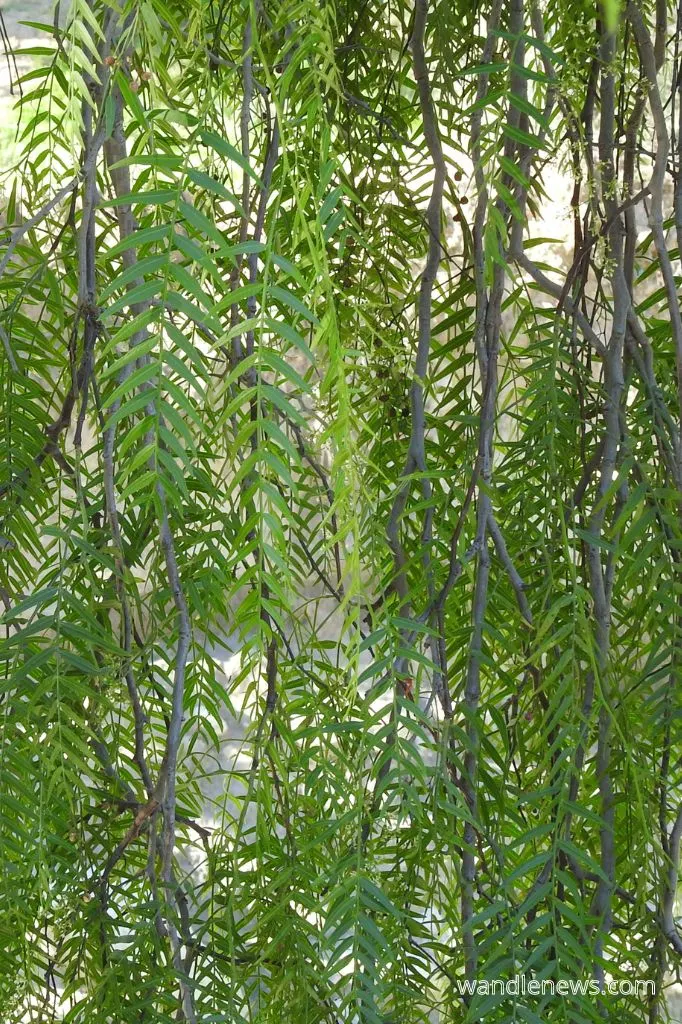
Black Poplar
(Populus nigra)
Black popular trees are associated with rivers since they require damp conditions for their seeds to germinate. They are often found on floodplains, or flooded gravel pits and ditches, but their numbers have declined over recent years.
We are lucky to have black poplar trees along the river wandle since they are one of the rarest and most endangered species of tree in the UK. You can find a beautiful black poplar on Wilderness Island.
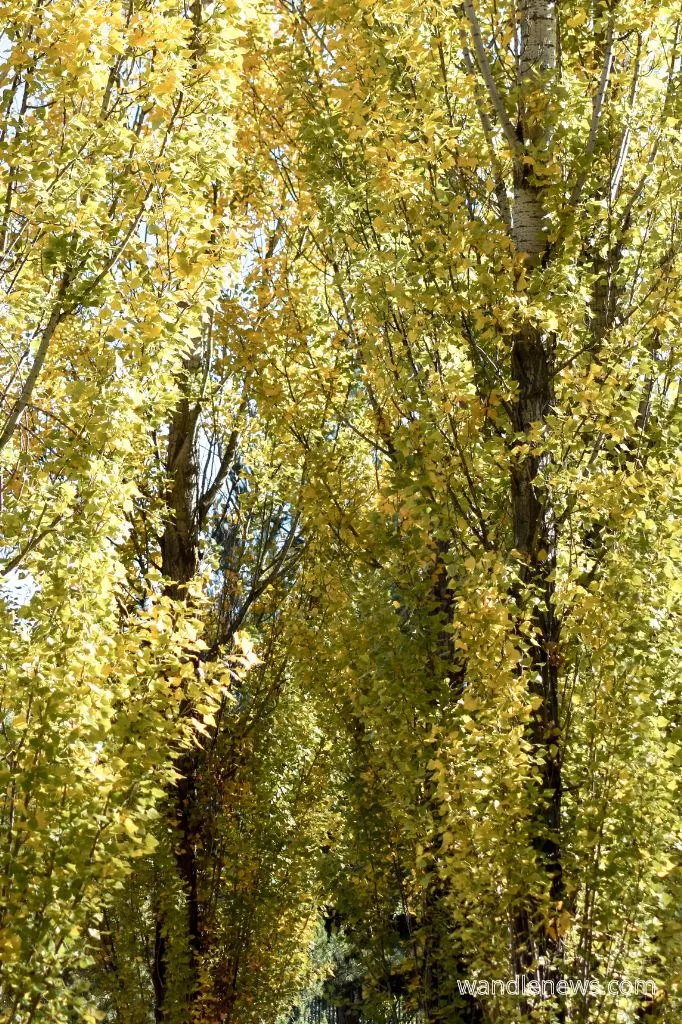
Swamp Cypress
(Taxodium distichum)
Swamp Cypress is native to the Gulf and south east coastal areas of the USA. It was introduced to Britain in 1640, and likes to live in waterlogged areas. It has roots that come above ground.
The tallest Swap Cypress along the River Wandle can be found at Wallington Bridge. The roots which come above the ground can clearly be seen by the tree in Waddon Ponds.
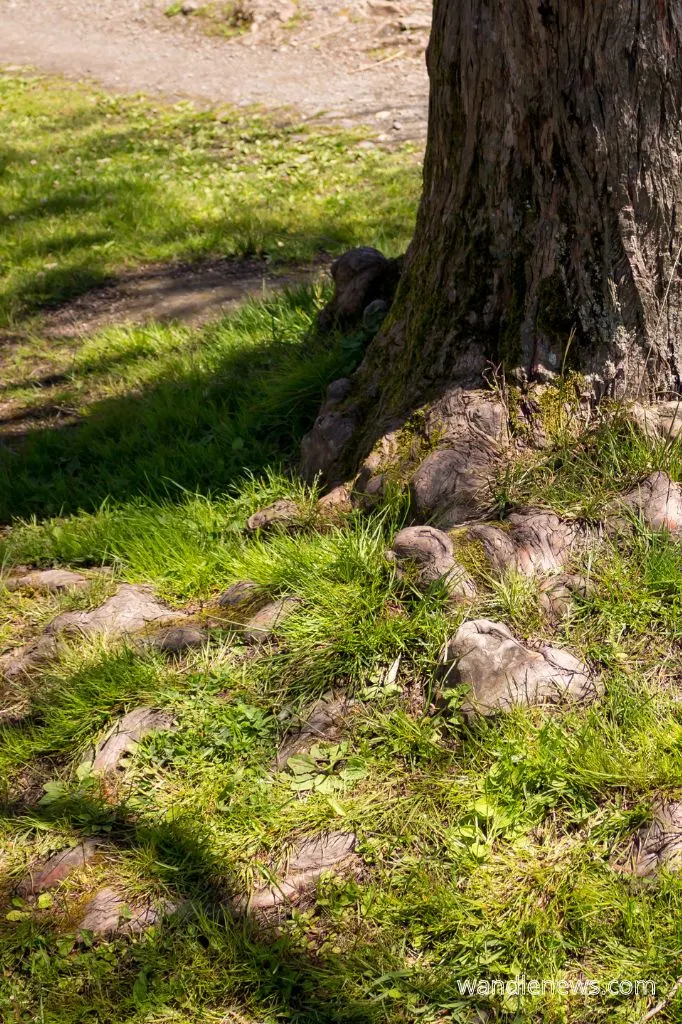
What Kinds of Plants Grow Around Rivers in the UK?
Apart from the plants already mentioned in this post, you may also be able to find the following plants near to rivers in the UK:
- Fennel Pondweed
- Reedmace
- Reed Canary-grass
- Reed Sweet-grass
- Fool’s Watercress
- Water Figwort
- Great Willowherb
- Hemlock Water-dropwort
- Marsh Arrowgrass
- Great Burnet
- Lesser Water-parsnip
- Pink Water-speedwell
- Butterbur
- Broad-leave Pondweed
- Branched Bur-reed
Other Articles Related to River Plants in the UK
Other Posts You May be Interested in
- How to Clean River Rock
- 11 Flowers that Attract Butterflies but not Bees
- How to Make Hydrangeas Blue Using Vinegar
This Post Was All About River Plants in the UK
Thank you for reading my post about river plants along the Wandle Trail. As I discover new plants along the river I will add to this post. If you have spotted any plants or trees near the river, please leave me a comment below and I will add the plant to this list. I hope this post helped you to identify any plants that you saw down by the river.
